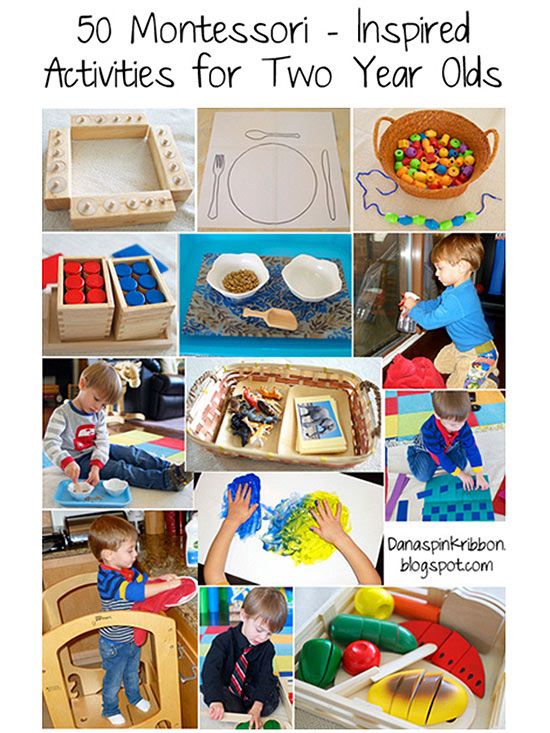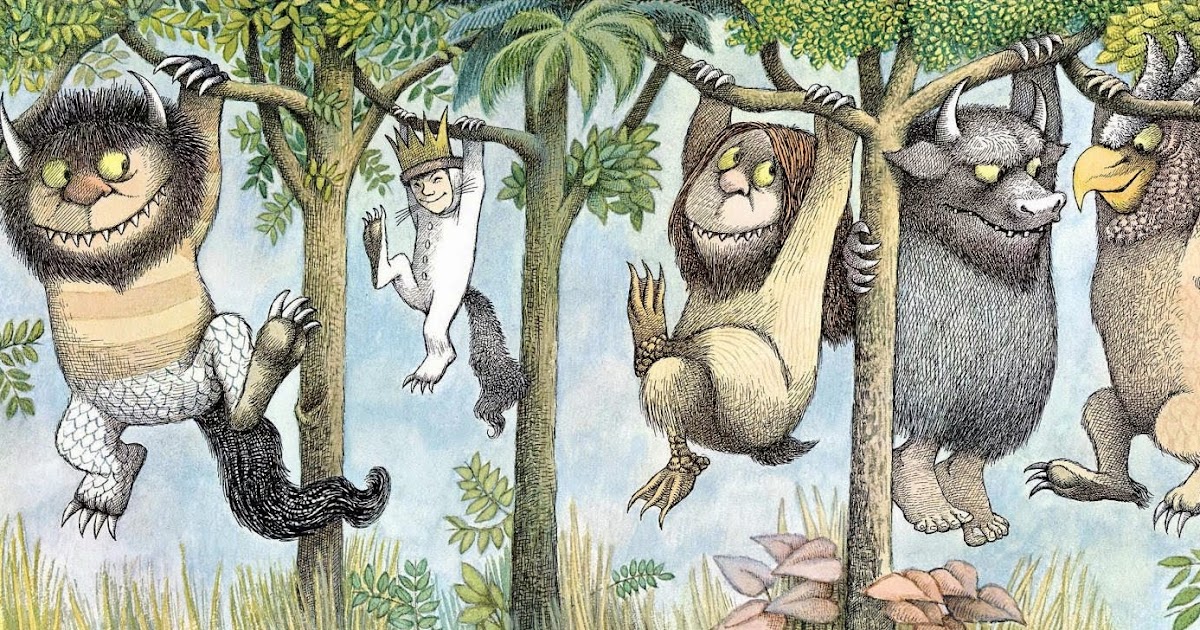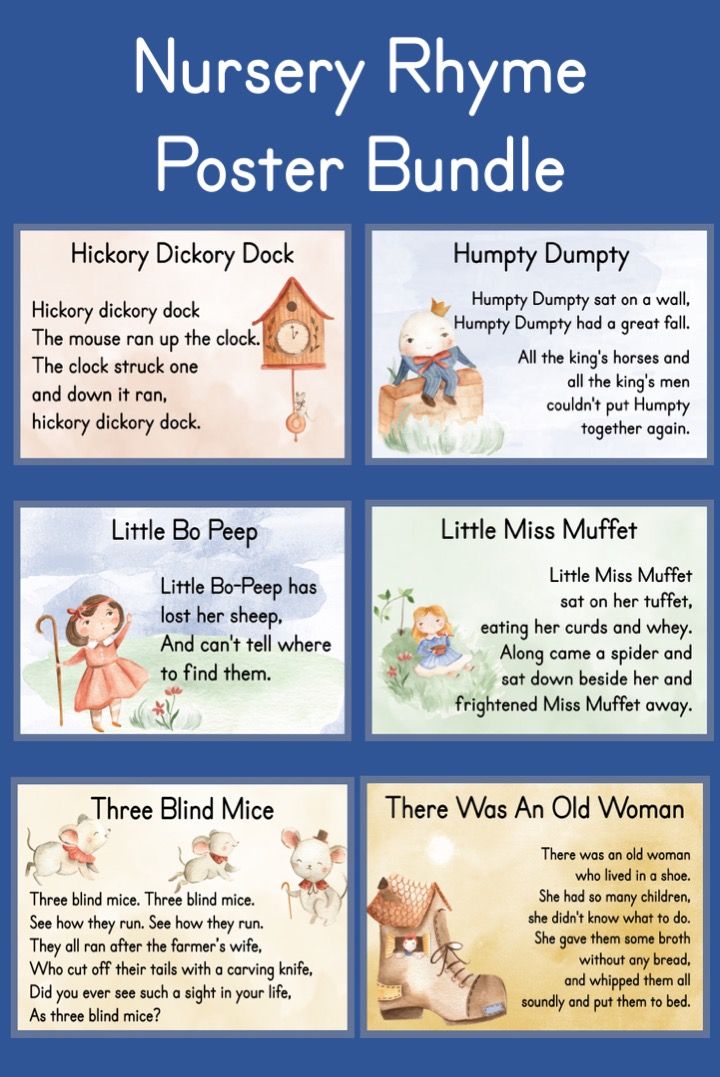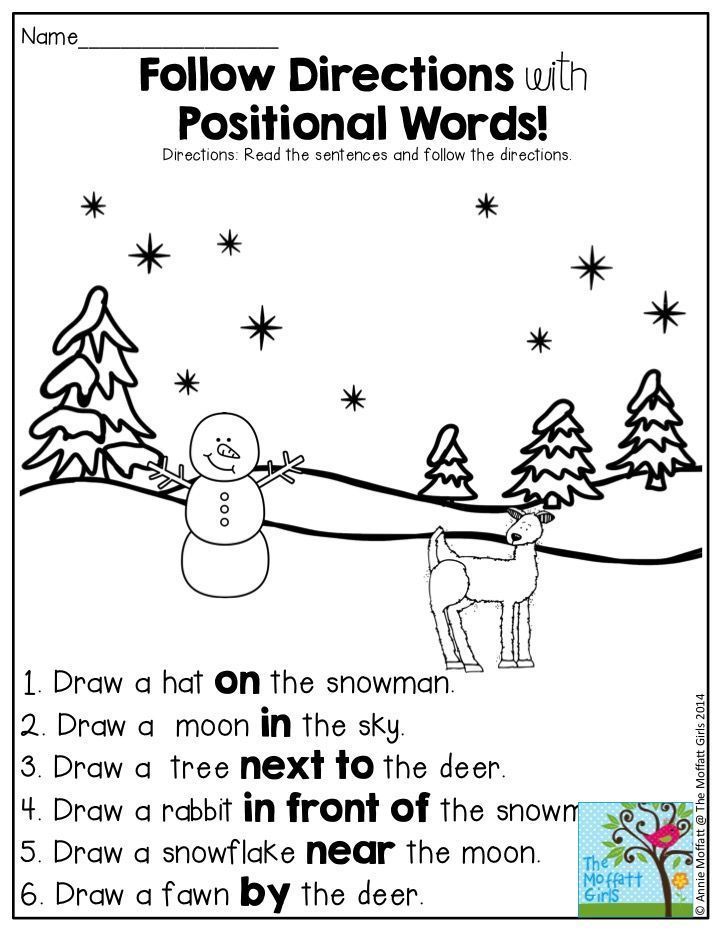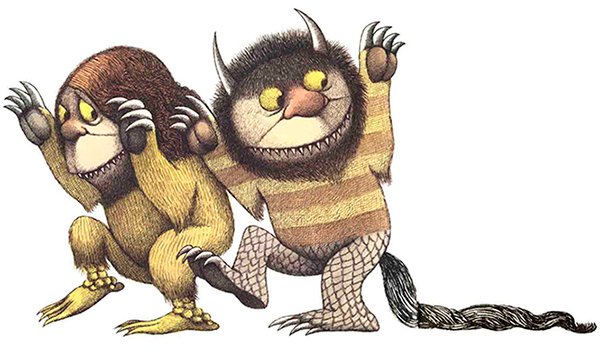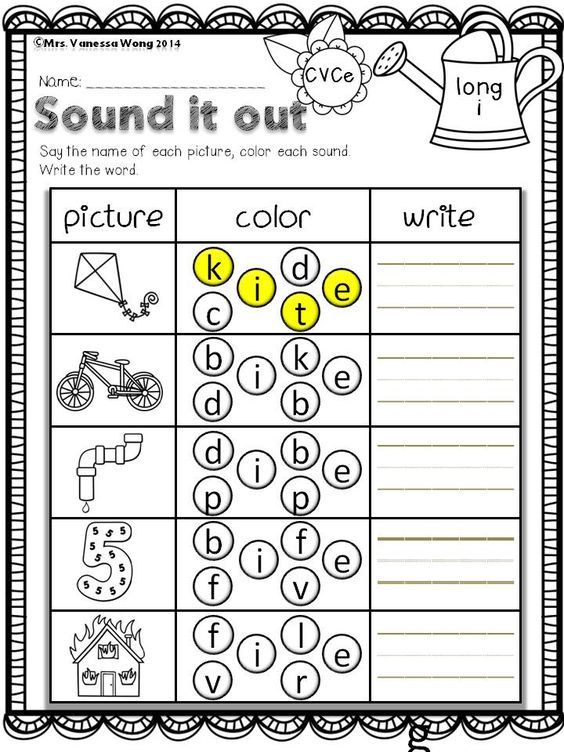Preschool learn colors
Learning About Colours: 31 Activities for Preschoolers
- Share
Colour identification is an important part of a child’s development. Here are 31 ‘learning about colours’ activities your kids will love.
They are great for teaching colours to toddlers and preschoolers, and many are still suitable for kindergarten kids.
Why Is It Important to Learn Colours?
Learning the colours is a milestone in early childhood and represents a child’s cognitive understanding.
Exposing children to and teaching them about the colours develops their visual perception – which is the ability of the brain to correctly interpret what the eyes see. This is an important pre-reading skill.
How Do I Teach My Child Colours?
Colours are a part of daily life and are all around us. The best way for children to learn them is to experience them and play with them.
The concept of colours can’t be taught in one sitting and kids need lots of experiences to learn them.
Make use of everyday opportunities to talk about colour and to point it out in the environment. Ask your child to pass you the pink bunny and the blue hat. Point out that he is drawing with the purple crayon.
Try not to default to worksheets at too young an age – there are many more meaningful ways to teach colour in a way that will imprint in children’s memories.
Colour games and activities are a great way for kids to learn the colours as they are hands-on, interactive and fun.
Colour Activities for Preschoolers and Toddlers
Here are a few ideas to try at home or at school.
1. I Spy With My Little Eye
Play a game of I Spy With My Little Eye. Identify objects by colour and add in more details for clues:
“I spy with my little eye something blue that you wear on your head.”
2. Colour Collage
Make a colour collage by using paper tearings in only one colour. For young toddlers provide the paper tearings, but let older kids find and tear the colour in a magazine or set of coloured papers.
Use different collage materials for this, not just paper.
3. Sorting and Grouping
Teach kids to see the differences in colours by doing sorting activities.
Sort beads, buttons, blocks or coloured counters into separate baskets, containers or egg boxes.
4. Matching Cards
Play a classic memory game of matching the pairs of cards, using only plain-coloured cards. They are easy to make – you just need two of every colour.
Get your own memory game cards by downloading the FREE set of printables at the end of the post.
5. Park the Cars
Play with cars in various colours and make little parking garages out of boxes or paper. You could even draw them on the paving with chalk.
Make each parking spot a different colour and get kids to park the car in the corresponding colour.
6. Object Sort
Do a colour sort with mixed objects. Collect household objects and toys that have one distinct colour and sort them into groups, according to their colours.
7. Label the Environment
Make small coloured labels with the name of the colour written on them and place these in familiar environments like a classroom or bedroom, labelling the most common items and spaces.
8. Bean Bag Toss
Incorporate movement into learning by playing with bean bags. Throw different coloured beanbags randomly at kids and as they try to catch them, they must shout out the colour before they touch them.
9. Colour Hunt
Go on an indoor or outdoor colour hunt. Give kids a basket and allocate a different colour to each. They must go in search of items of that colour and place them in their basket.
10. Listen and Draw Picture
‘Listen and draw’ pictures are great not only for developing listening skills but also for teaching concepts such as shape and colour.
Tell kids to:
- Draw a green hill.
- Draw a black sheep standing on the green hill.
- Draw a blue flower at the foot of the hill.
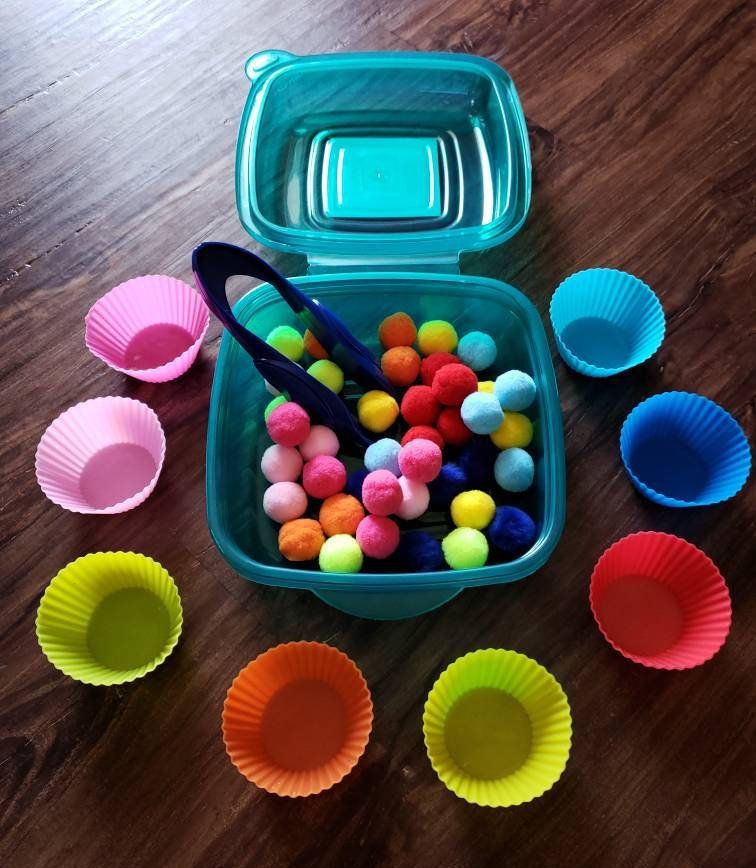
- Etc.
Here are some examples of following directions drawing activities.
11. Car Games
Play games in the car to keep kids entertained and learning at the same time. Pick a colour and count how many cars of that colour go past you.
Make a challenge such as seeing if you can reach 20 yellow cars before you get to your destination.
12. Colour Plates
Using a white paper plate and some coloured pegs, draw or paint strokes of the colours around the edges of the plate. Get kids to place the pegs onto the corresponding sections of colour.
You could even make a pattern, such as blue-yellow-yellow-blue-yellow-yellow.
13. Picture Hunt
Do a picture hunt using a magazine or any children’s books. Challenge kids to find images in their books of various colours.
For example, point out all the green items you can in this Dr Seuss book, or cut out all the blue items from this magazine.
14. Tissue Paper Tearing
Tearing is an important fine motor activity.
Provide tissue paper in a few colours and get kids to tear it up and create a picture with the tearings and some glue.
15. Colour Mixing
For a colour mixing activity, provide the three primary colours – red, yellow and blue – and mix them together to see the following combinations:
- Red and yellow make orange.
- Blue and yellow make green.
- Red and blue make purple.
Introduce kids to the concept of shades of colours by adding white or black to make them lighter or darker.
16. Matching Socks
Luckily for parents, all kinds of domestic chores provide great learning opportunities. Give your kids the pile of socks to match according to colours and patterns.
17. Sort the Laundry Basket
Don’t stop there. As you fold the laundry, ask your child to sort all the unfolded laundry into piles by colour.
18. Fruit and Veg Sort
Had a trip to the market? Get your kids to categorize the fruit and vegetables by colour.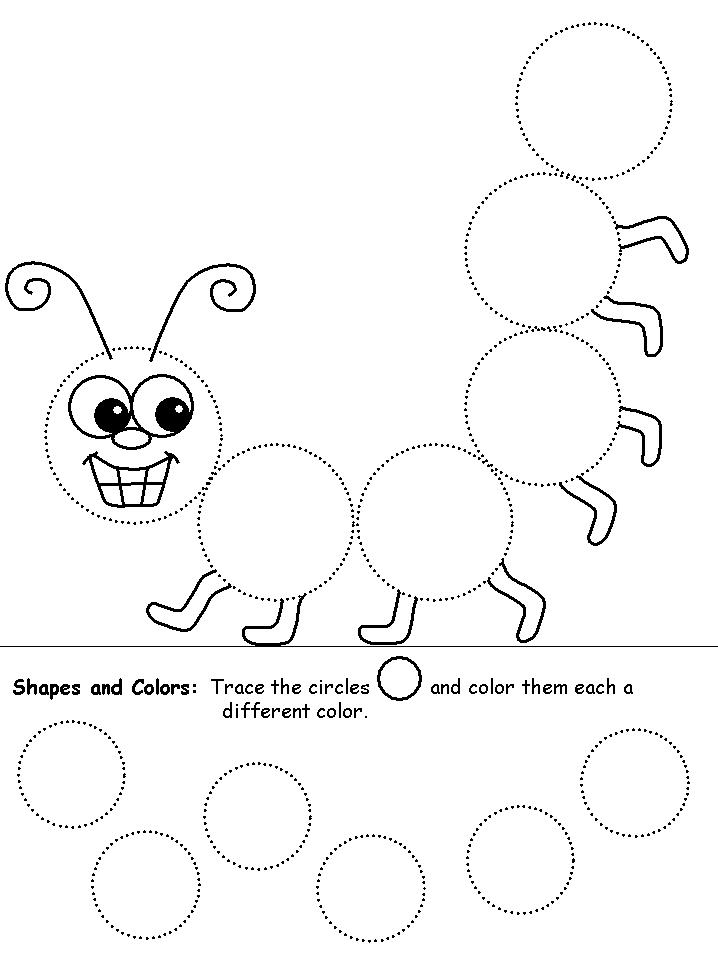
While you are cooking, involve your kids with requests such as “please fetch me three orange carrots and that packet of green baby marrows.”
19. Songs about Colours
Sing songs about the colours. Here are lots of fun rainbow songs to teach your kids.
This post contains affiliate links for educational products that I personally recommend. If you purchase through one of them, I earn a commission at no extra cost to you. Read the terms and conditions for more details.
20. Books about Colours
Read your kids books about colours or simply read colourful books and discuss the colours of the characters or objects.
Books such as Brown Bear, Brown Bear, What Do You See and Dog’s Colorful Day are a hit with toddlers.
21. Colour Bracelet
Make a fun colour bracelet with cereal loops or macaroni dyed with food colouring. Make it all one colour or make a pattern with two or three colours.
22. Colour Patterns
Teach kids to follow patterns by drawing or building colour patterns with objects such as blocks, beads or counters.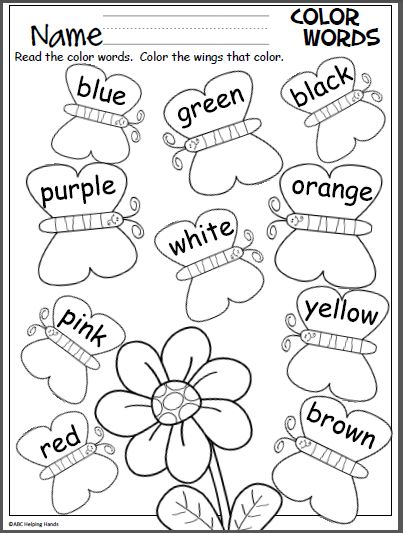
For younger kids, use only two colours in a pattern and increase it for older kids.
23. Light Table
Place transparent coloured objects or materials such as plastic or cellophane onto a light table and let kids experiment with them and explore the properties of colour.
24. Sensory Stations
This can be a great way to incorporate colour into sensory play. Set up stations with coloured rice and coloured materials or use some of these sensory station ideas.
25. Bathtub Fun
Bring colour into bathtub fun by dropping in ice blocks (coloured with food colouring), watching coloured bath fizz balls disintegrate or letting kids draw with bath crayons (like these).
26. Coloured Playdough
Let kids play with playdough in various colours. They can also mix the playdough colours together or mix food colouring to make a new colour when making a batch of homemade playdough.
27. Finger Painting
Finger painting is a fun sensory activity for kids that teaches how colours mix together.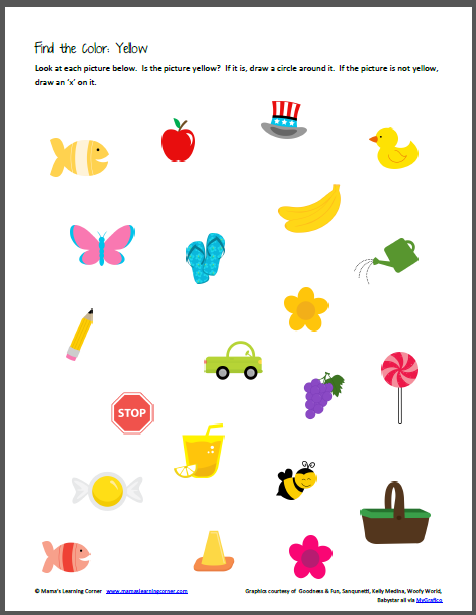 While mixing the paints on the page, they naturally mix together, revealing new colours.
While mixing the paints on the page, they naturally mix together, revealing new colours.
Be deliberate and only offer two colour paints so kids can see the colours mixing.
28. Pass the Parcel
Play a game of Pass the Parcel, wrapping each layer in a different colour of gift wrap or tissue paper. As each layer is removed, the child unwrapping it must name the colour.
29. Categories Game
The categories game is a fun circle game and you can use it to teach any concept.
Pick a colour and go around the circle, naming things that are typically of that colour. Each child must add one item to the list, without repeating any.
Or, try another variation with older kids and do a round of naming colours. Kids will start with the easier colours and then need to remember less common colours such as peach, magenta, maroon, etc.
30. Broken Telephone
Play a round of the Telephone Game by using colours as the phrases to whisper. Use phrases such as light blue, violet and deep red to make it more challenging.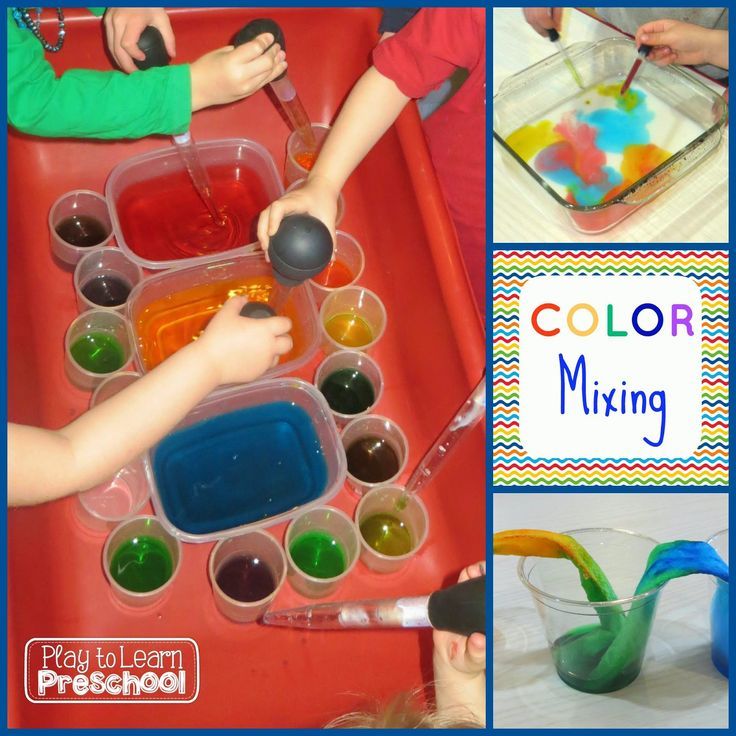
31. Make a Rainbow
How about a little science experiment? Teach children about light by making your own rainbow.
I hope you’ve enjoyed these experiences for exploring colours with toddlers and preschoolers!
Get FREE access to Printable Puzzles, Stories, Activity Packs and more!
Join Empowered Parents + and you’ll receive a downloadable set of printable puzzles, games and short stories, as well as the Learning Through Play Activity Pack which includes an entire year of activities for 3 to 6-year-olds.
Access is free forever.
Signing up for a free Grow account is fast and easy and will allow you to bookmark articles to read later, on this website as well as many websites worldwide that use Grow.
- Share
7 Fun Ways to Teach Colors to Preschoolers
While it’s an important milestone for preschool-aged children to learn basic colors, it’s actually a fairly complex task! There’s some fascinating research into how we learn color and studies aimed at determining if there’s a better way to teach it.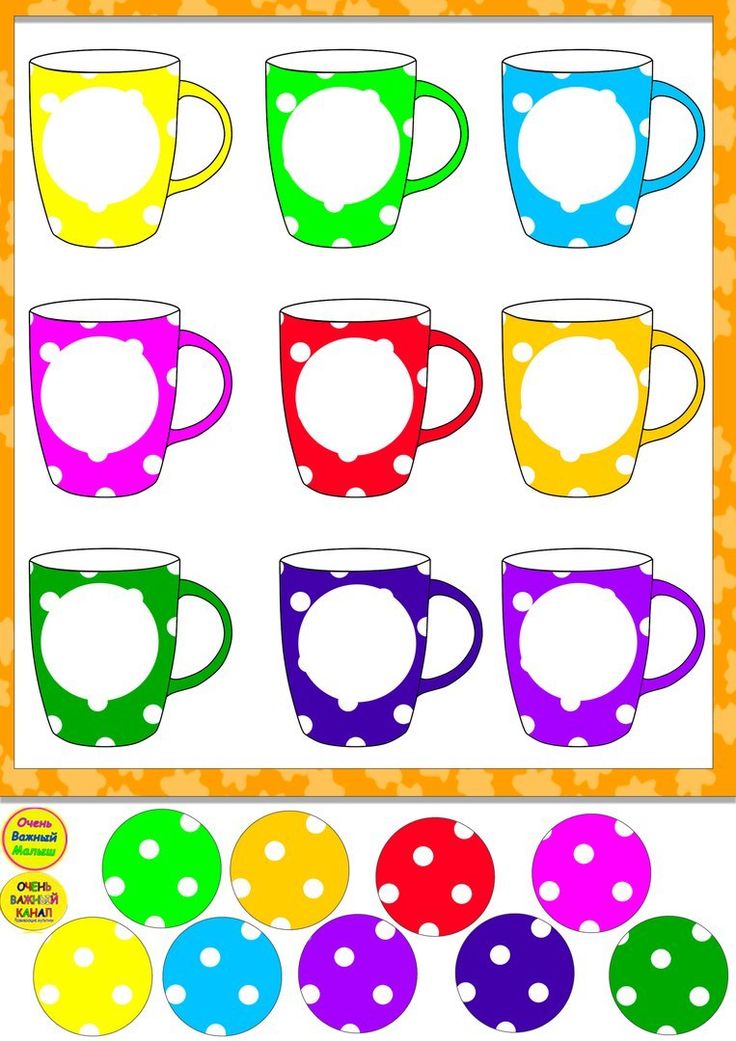
One of the most interesting bits of research shows that the way we describe objects to kids can actually impact how they learn color. For instance, if you say “the balloon is red” instead of “the red balloon” it focuses the child on the object first and then the color description which surprisingly increases their ability to recognize the color. Isn’t that fascinating?!
Here are some creative activities to teach colors to preschoolers while having fun at the same time.
Coloring PagesMost children love to color. Coloring with crayons can actually accomplish more than one purpose. Not only can you talk with your child about the colors used to color the picture, your child is also developing important fine motor skills. You can even take this activity one step further and print out letter and number shapes for your child to color, and work on letter and number recognition at the same time.
Mixing ColorsSet out a couple of muffin tins and place a couple of drops of food coloring into the bottom of each tin.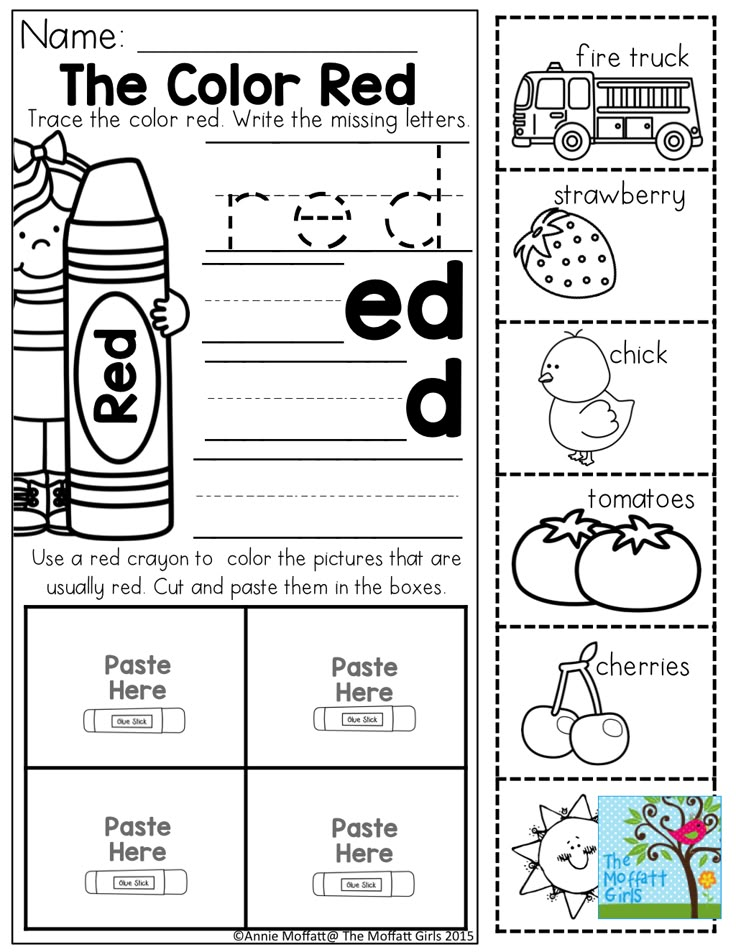
Give your child a small cup of water and let him slowly add water to each tin until each tin is about half full.
After you have talked about the different colors in the tins, let him use an eyedropper or a small spoon to transfer water from one tin to another, giving him the opportunity to see what happens when two colors are mixed together.
This activity will entertain your preschooler for quite some time, giving you lots of opportunity to talk about what happens when different colors are mixed together.
Bean Bag TossPurchase some inexpensive plastic baskets at the Dollar Store, and make or purchase bean bags in coordinating colors.
Place the baskets several feet away from the child, placing the bean bags in a pile next to the child.
Call out a color and have your child try to choose the correct bean bag and throw it into the corresponding basket. If he does not yet recognize the correct color, then just choose a bean bag for him and then have him locate the corresponding basket.
A great way to really reinforce color recognition is to just work on one color at a time. Every week choose one color, and then have everything you do that week be related to that color. You can choose food that color, have him paint with that color, color with crayons that color, and even go for a walk and look for things that color.
Color SortingYoung children love to sort things. Put together a collection of colorful wooden beads or buttons and have your child sort them into piles by color.
BooksThere are many books to help preschoolers learn colors. Incorporate a book about colors into your child’s bedtime routine. Kids love to read the same books over and over again, so this is a great opportunity to get some learning in at the same time.
MovementOne major way that children learn is kinesthetically or through movement. And kids love to move! Tape down pieces of construction paper (or invest in some colorful plastic stepping stones) or draw squares with chalk on the sidewalk/driveway and get your kids engaged in a game of jumping or running to the color when you call it out.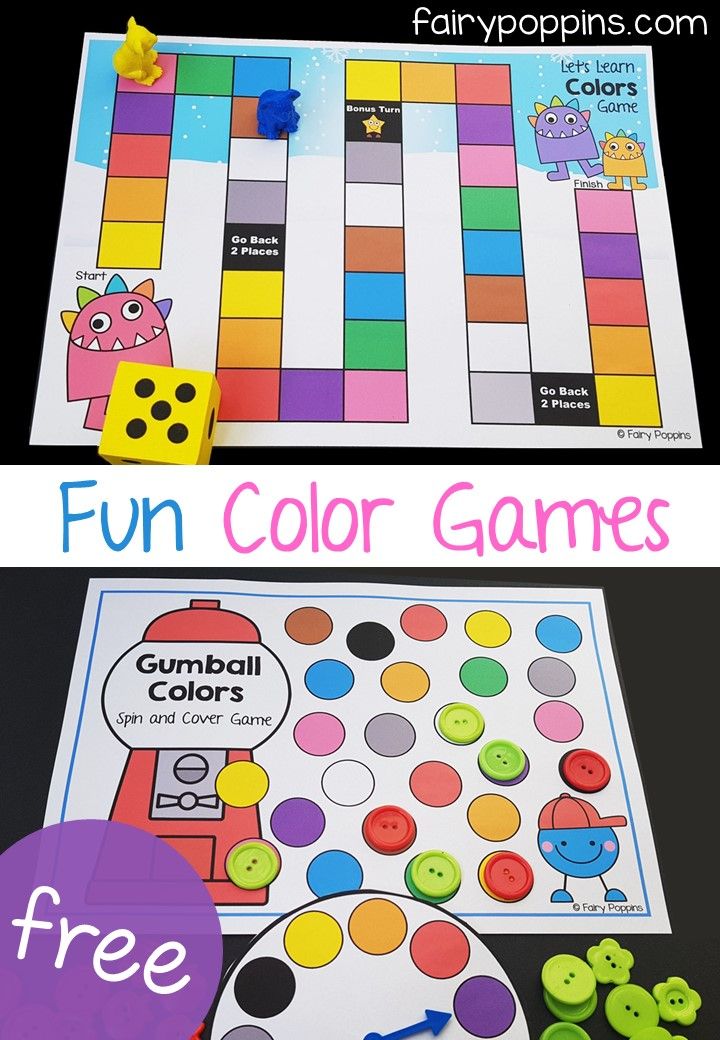 They’ll work out some energy and be learning color identification too!
They’ll work out some energy and be learning color identification too!
A preschool aged child is old enough to start learning how to play simple board games. Candyland is an old family favorite that is still popular today. Playing Candyland will help teach your child important skills such as counting and taking turns, and will also help reinforce color recognition. Another fun game to play is I Spy and it helps the child recognize the variety of colors in their environment. You can either play the traditional way by getting them to guess what you are seeing or point out a color and ask them to search for anything in the room that is the color.
Recognizing colors actually comes very naturally to most preschool-aged children. Many toddlers can recognize most colors before they reach preschool age. The key is to give children the opportunity to learn during their everyday activities, and learning becomes a fun and a natural part of their day.
Kristen Thomas is an avid blogger and contributor to TheLearningExperience.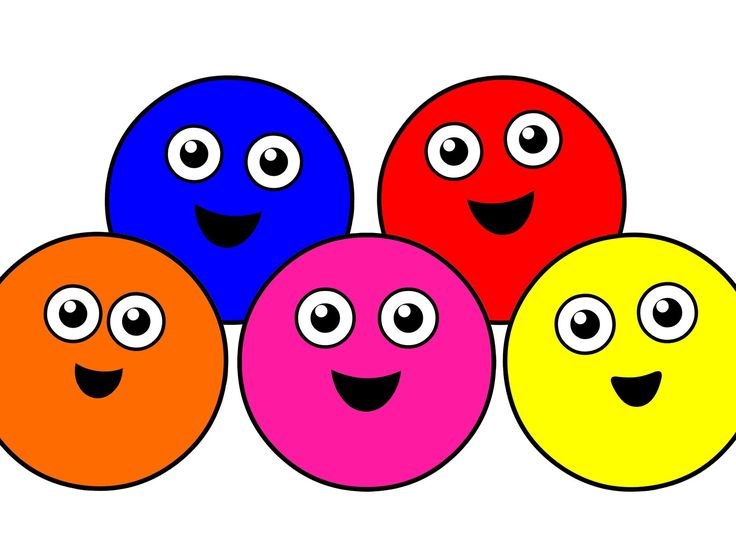 com, a leading child care provider with quality daycare centers throughout the United States.
com, a leading child care provider with quality daycare centers throughout the United States.
Learning colors with a child | PRESCHOOL EDUCATION OF CHILDREN
The mental development of a child, one might say, begins with sensory education. From birth, the child begins to perceive the world around him with the help of analyzers, and the rest of the mental functions gradually begin to separate from perception: attention, memory, thinking, imagination, speech. It is very important that the child is already in early childhood oriented in the colors of objects, their shape, size. Thus, already in early childhood, the child masters the so-called sensory standards. The perception of color is quite difficult for a baby, because. color cannot be touched, unlike shape and size. In the perception of color, the baby focuses only on the visual analyzer. Another difficulty is that each color has its own shades, of which there are a great many. Scientists have proven that when a child learns colors, his brain starts to work more intensively.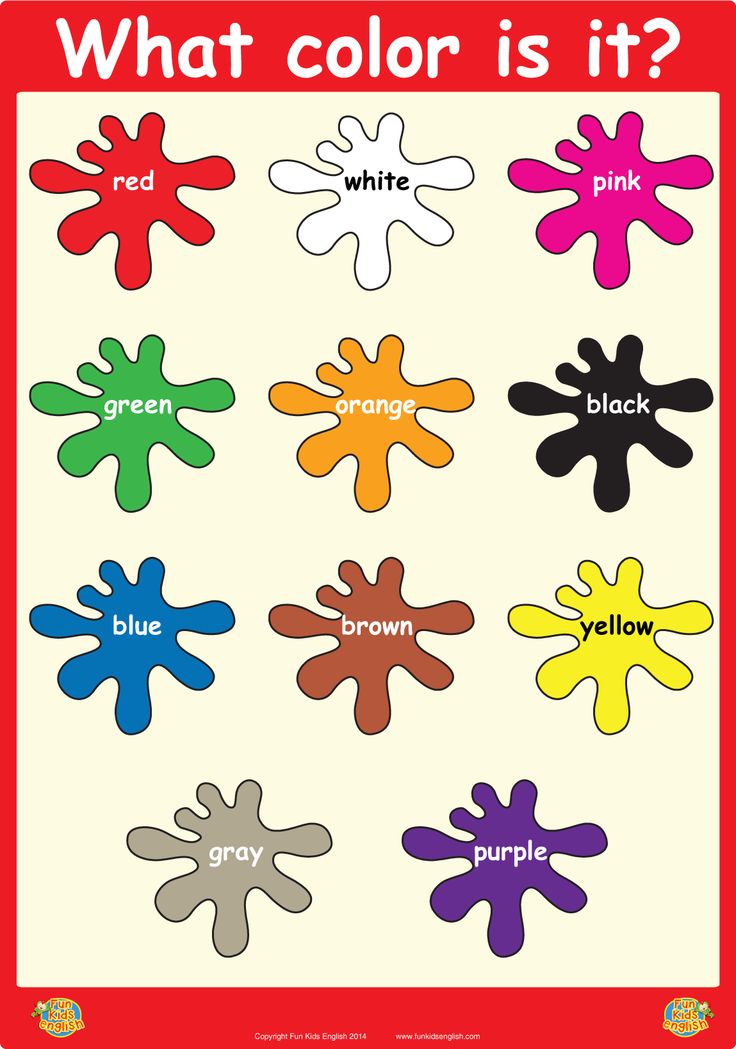
At what age should children learn colors?
A child begins to perceive the color of objects from birth, but not all colors can be perceived. So, the first color perceived by the baby is yellow. A little later, red and orange colors appear in perception. Not without reason, teachers and pediatricians advise mom to dress in bright clothes, mostly containing all these colors. And if you look closely at the first toys and rattles of the baby, then they are also mostly yellow, red and orange - these are the most correct first toys. A little later, green and blue colors begin to succumb to the perception of the crumbs, and by six months - purple. Thus, by the age of one year, the child gradually begins to perceive all the shades of the colors of the rainbow. It is worth making a small note: by the age of one, the child perceives all the colors of the rainbow, understands that the colors of objects are different, but does not know their names and pronounces very few words, so it is still very difficult for a child to designate a color with a word. This means that it is necessary to teach the colors of objects with a child from early infancy.
This means that it is necessary to teach the colors of objects with a child from early infancy.
How to learn colors with a child?
You cannot force a child to learn colors and force them to sit down to study. Learning colors with a child should be fun and unobtrusive, as well as in the usual conditions for a child.
There are many methods, techniques and means of teaching a child to color.
The most interesting for a child is the game method . From infancy, the baby begins to act with different objects, in particular with colorful toys. When playing with toys, it is necessary to indicate the color of an object with a word. At the age of six months, the baby is already playing with a pyramid with multi-colored rings and cubes of different colors. The child perceives the object as a whole in conjunction with its properties, therefore, pronouncing the color of rings or cubes, it is necessary to distinguish between the object and its property.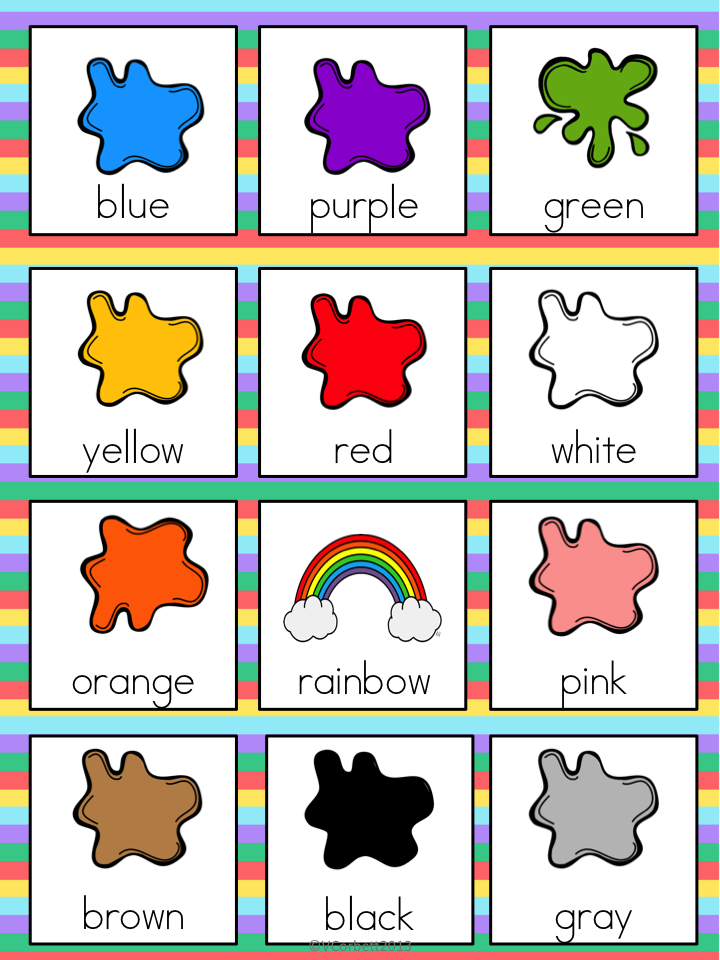 It will sound something like this: “This is a ring, it is red!”, Or “This is a cube, it is green!”. You also need to take into account the fact that the color of the object that the child sees is tied to an association, therefore, explaining what color the ring is near the pyramid, you can enter a certain association. For example: “This is a ring, it is green like grass”, or “This is a ring, it is yellow like the sun”, etc. With a one-year-old child, they already play special didactic games with pictures, for example, “Hide the mouse”, “Drive the car into the garage”, etc. There are also games with multi-colored plasticine. Treats are made from plasticine of different colors and toys are treated to them. For example, the Katya doll loves only yellow candies, and the Sveta doll loves only red candies, you should offer the child to make candies of the right colors and treat the dolls.
It will sound something like this: “This is a ring, it is red!”, Or “This is a cube, it is green!”. You also need to take into account the fact that the color of the object that the child sees is tied to an association, therefore, explaining what color the ring is near the pyramid, you can enter a certain association. For example: “This is a ring, it is green like grass”, or “This is a ring, it is yellow like the sun”, etc. With a one-year-old child, they already play special didactic games with pictures, for example, “Hide the mouse”, “Drive the car into the garage”, etc. There are also games with multi-colored plasticine. Treats are made from plasticine of different colors and toys are treated to them. For example, the Katya doll loves only yellow candies, and the Sveta doll loves only red candies, you should offer the child to make candies of the right colors and treat the dolls.
With a two-year-old baby, you can play sorting games (arranging objects by color), games for grouping objects, for example, “Find the odd one” or “Find the same one”.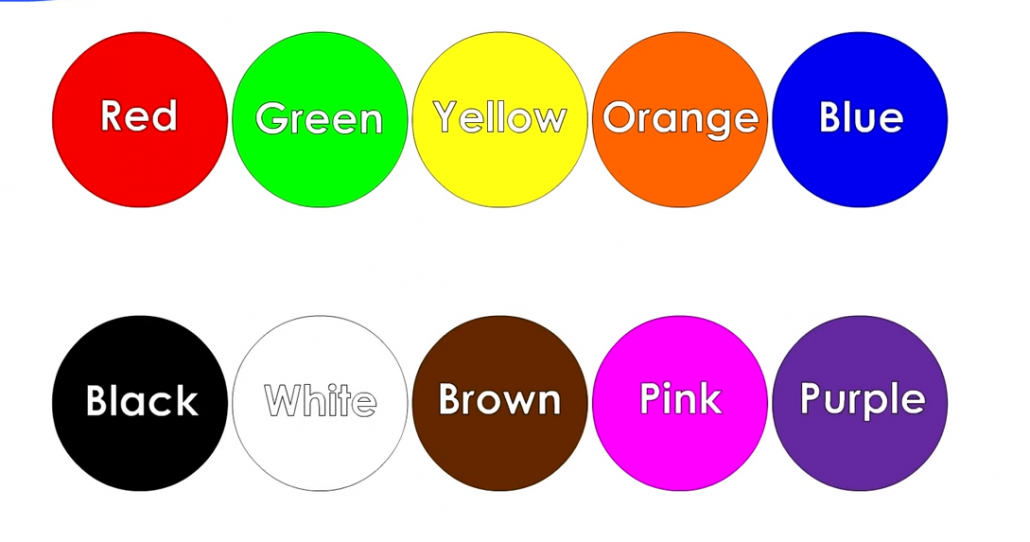 It is useful to play with the baby in a multi-colored constructor, pronouncing the colors of the cubes. At two years old, a child may not yet pronounce colors, but should be able to sort objects by color.
It is useful to play with the baby in a multi-colored constructor, pronouncing the colors of the cubes. At two years old, a child may not yet pronounce colors, but should be able to sort objects by color.
Role-playing games are suitable for three-year-old children, for example, in the games “Guests” or “Family”, the child, while waiting for the guests, sets the table and arranges colorful dishes, selects clothes for dolls, etc. You can offer the child to arrange buttons in cups, constructive games, outdoor games. Movements on a signal are suitable for outdoor games, the signal is given in a certain color. Another good sorting game is "Build a team" - from a population of football players you need to collect two teams, for example, in red and blue uniforms. At three years old, children should clearly identify and name the color of an object, although they can sometimes make mistakes, which is not a deviation.
Further, a large number of didactic games for fixing the color of objects are suitable for preschoolers.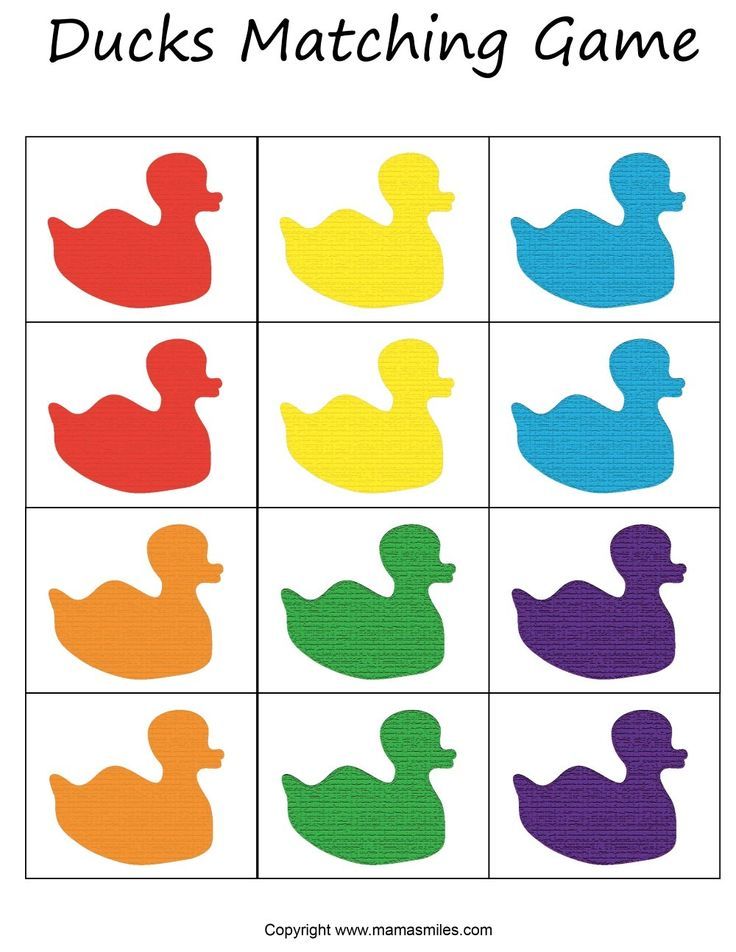 It can be games with cards, with pictures, maybe games with movement.
It can be games with cards, with pictures, maybe games with movement.
The next fairly common method of teaching a child to color is a simple observation . This is a very affordable method that can be used from as early as six months of age. At first, you can simply look at the surrounding objects, indicating their color, then it can be observations on a walk, you can also turn on the game moment, for example, look for surrounding objects of a certain color, who will see such objects more. You can observe plants, noting that the shades of green leaves are different, cars, flowers and insects, in general, everything that surrounds you. Observation is a very useful and exciting activity.
Another effective method is drawing and coloring . Initially, from about a year old, the baby simply shows interest in a pencil, having discovered for himself that it leaves a mark on a white sheet of paper. Then, from the manipulation of the pencil, a period of scrawl begins, and as a result, the stage of involuntary drawing.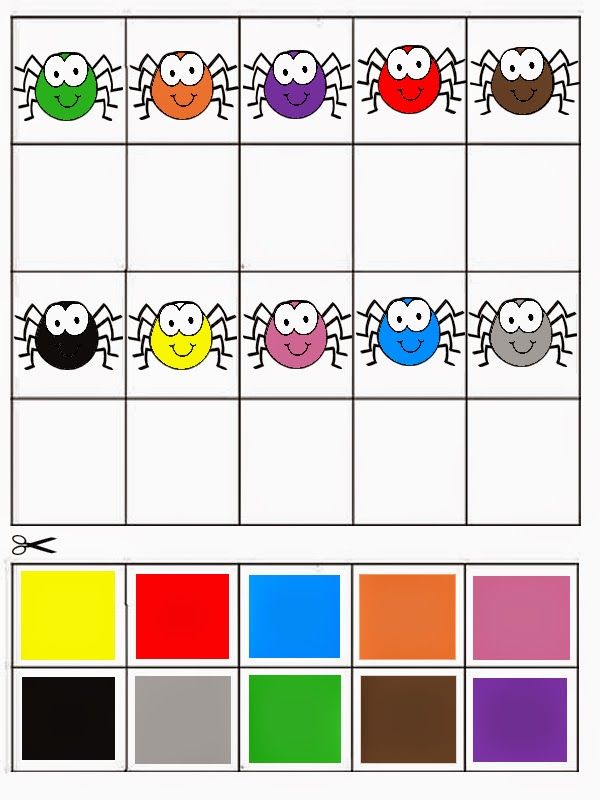 When drawing with your child, you need to pronounce the colors that you use, so the baby will quickly learn the names of colors. When drawing with felt-tip pens, ask the child to close the felt-tip pen with a cap of the appropriate color. In middle preschool age, coloring according to the model is already possible.
When drawing with your child, you need to pronounce the colors that you use, so the baby will quickly learn the names of colors. When drawing with felt-tip pens, ask the child to close the felt-tip pen with a cap of the appropriate color. In middle preschool age, coloring according to the model is already possible.
From the middle preschool age, you can use such a method as an artistic word. Now there are many poems about flowers. You can introduce the child to the stories of Suteev V.G., for example, “Rooster and Paints”, as well as special books have been developed in which each page is devoted to a specific color.
Another method of learning colors is using educational cartoons . Now you can make a wonderful selection of such cartoons, for example, "Learn Colors with Shoppy the Engine."
It is very important when studying color with a child not to distort the names of colors, but to name them correctly, for example: not green, but green; not yellowish, but yellow, not blue, but blue, etc.
Up to seven years of age, color perception disorders may be observed, but after seven years the child should clearly identify colors and their shades. If this phenomenon is not hereditary (color blindness is predominantly a hereditary disease that affects mainly boys), then it is possible to determine some reasons for the inability to recognize color:
Firstly, it is possible that the child began to learn colors late, then, most likely, the child perceives the color correctly, but simply does not know its name.
Secondly, a child can show his character in this way (especially in times of crisis). Thus, the child simply does it in spite of the adult, the opposite is true.
Thirdly, the individuality of color perception can manifest itself in this way.
Thus, taking into account the age of the child, his personality and interests, you can choose the most appropriate method of studying colors, which will bring its results.
Methodological development - the study of color and shape with preschool children using didactic material at home.
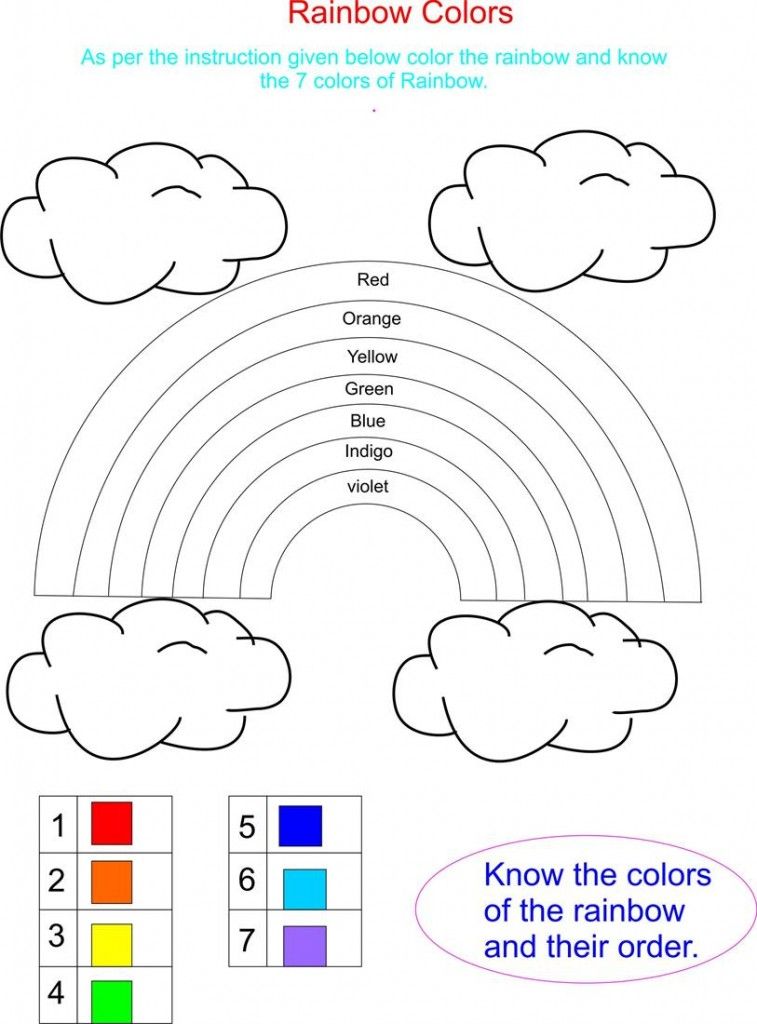 | Educational and methodological material (junior group) on the topic:
| Educational and methodological material (junior group) on the topic: Methodical development - the study of color and shape with preschool children
using didactic material
at home.
Peculiarities of child development.
Children develop differently. This process is influenced by many environmental factors. For a small child, the relationship with the mother (her closeness, reliability, emotional attachment to the child) and the state of health are important. The human body primarily works to ensure physical well-being, and only then - to establish contact with the outside world. Therefore, if the child is not healthy, feels unwell, any classes with him should be postponed until complete recovery.
All children are curious. All of them are interested in the world, they want to know it, they strive for contact with the external environment. Of course, the cards will by no means replace this natural process, but they are designed to direct it in the right direction.
Since the child's brain develops very actively, the possibilities of controlled development play a rather large role. In early childhood, the child absorbs information through a powerful mechanism that psychologists call "first impression".
The development of a child is not just stuffing him with different information, but the obligatory establishment of relations between objects of the world around him. The fact is that the brain does not just work to save a large amount of knowledge, and the smarter is not the one who has read a lot of encyclopedias. The mind is determined by how a person knows how to use this information, apply it, establish connections between different elements: the more complex and diverse they are, the more mentally developed a person is.
In the early development of children, their own activity plays a fundamental role. The use of cards as materials that stimulate development is aimed at maintaining the natural activity of the child.
How cards can be used.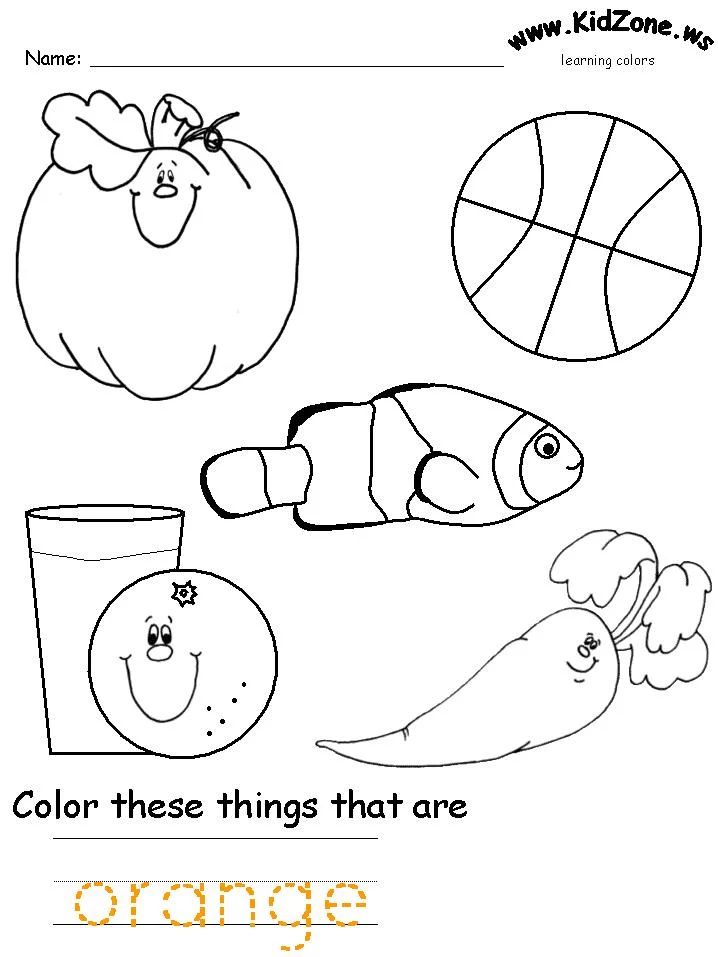
Working with cards can be quite versatile. Each card has a picture with two types of signature on one side. On the first, vowels and consonants are highlighted in different colors. On the second signature, the word is divided into syllables. This helps to form orthoepic perception.
You can introduce a child to cards from early childhood. This can be done from the age of six months, since at this age the child is already able to hold interest in the object for some time, and the formation of his passive vocabulary begins. Six-month-old babies already recognize shape and color, but they cannot yet consciously fix the differences. Demonstration of cards helps to form the child's memory.
A prerequisite for working with cards is the health of the child and his good mood. It is important that the mother is also in a good mood and shows the child the cards as something very interesting for herself. Edification in this process can only do harm - the study of cards should rather resemble a game than study.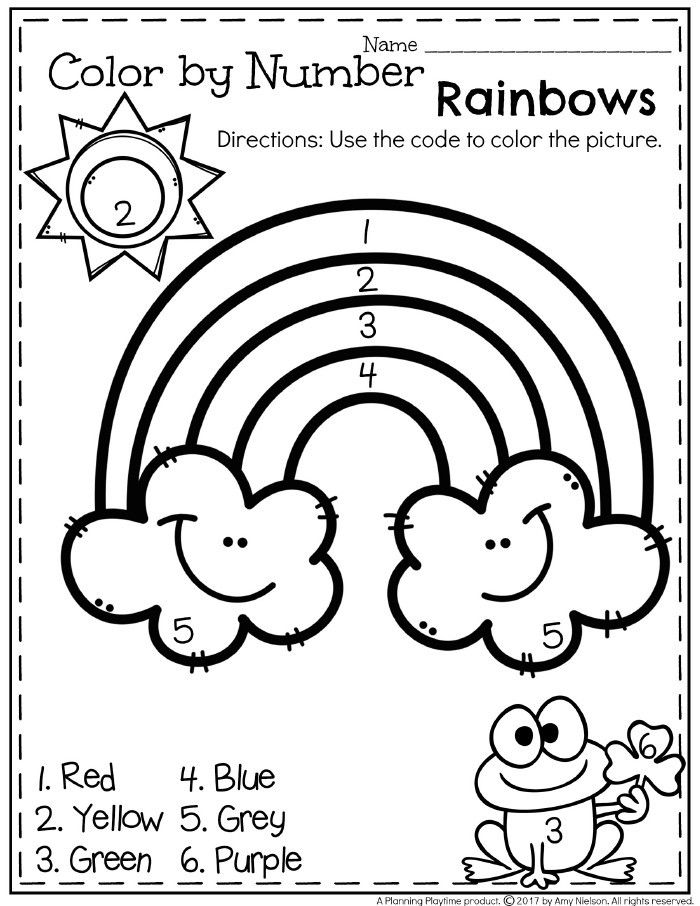
á Do not combine them with other processes. Gradually, the child will begin to determine the time of classes. This is the first training of the baby, and for all the ease and short duration of these classes, they require regularity and a serious attitude from adults.
Lessons for the development of speech:
Formation of a passive vocabulary.
Offer the child some pictures. It is better to start with three to five, gradually increasing their number. Ask your child to find a specific shape. Be sure to praise him when he succeeds. Keep practicing until he finds and gives you pictures with all the shapes. Do this for as long as the child shows interest in such activities. If you feel that the child is tired or tired, put off the flashcards for a while.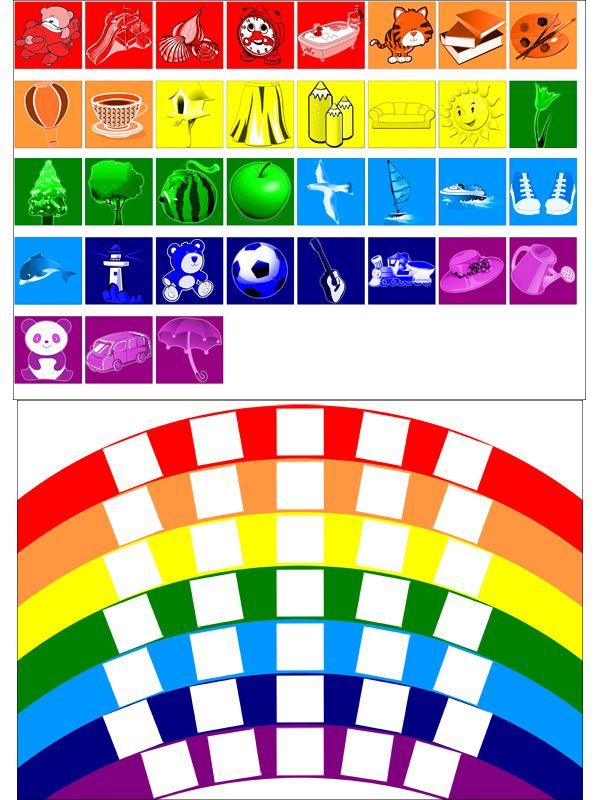 Returning to them, you can complicate the game somewhat by adding signs of pieces. For example, when you start with a child, tell him: "Find a circle", after a few sessions, when you are sure that the child easily finds a circle, invite him to find a large circle, then add color: "Find a red circle", after a while connect the signs: "Find the big red circle." The options are limited only by your imagination. But keep in mind: the signs you call should be clear and easily recognized by the child.
Returning to them, you can complicate the game somewhat by adding signs of pieces. For example, when you start with a child, tell him: "Find a circle", after a few sessions, when you are sure that the child easily finds a circle, invite him to find a large circle, then add color: "Find a red circle", after a while connect the signs: "Find the big red circle." The options are limited only by your imagination. But keep in mind: the signs you call should be clear and easily recognized by the child.
Lessons for the development of speech:
Formation of an active vocabulary.
Such classes are based on dialogues with the child, which develops his speech. At first, they should not exceed five to seven minutes so that the child does not get tired. You can invite the baby to repeat the names of the figures shown after you. Pronunciation of names is necessarily accompanied by showing a picture and a caption under it. This lays the foundation for reading. When the child easily names all the figures, you can ask him questions about the shape, color, etc. Classes at this stage should not exceed seven to ten minutes. When the child easily names the main features of the object presented to him on the card, you can move on to the next type of activity - associations.
Associations can be practiced from two and a half to three years old, when the child's speech is already sufficiently developed. Most actively and with great pleasure, children begin to play associations at the age of four or five. The use of cards will help instill in the child an interest in this kind of intellectual activity. Showing the baby a card, the adult asks what it looks like. These activities can be carried out in the form of a game, arranging a competition between several children or between a child and a second adult.
When the child remembers all the figures well and learns to find them on the cards, you can offer to find them among the objects that surround us. Such exercises well stimulate the work of the left hemisphere of the child, contributing to the development of speech and logical thinking.
Formation of knowledge
and ideas.
Each card includes an image of a certain figure painted in some color. Recognition of shapes and colors is the main way of forming the knowledge of children under two years of age. By the age of two, the child should be able to distinguish between the primary colors: red, blue, yellow, green, white, black, brown, purple, orange, blue, pink. By the age of three, the baby can compare the shades of the primary colors as brighter or faded. During this period, children learn the basic shapes: circle, square, rectangle, triangle, pentagon, star, trapezoid, hexagon. At first, the child perceives color and shape as a whole. Gradually, he begins to separate color from form and discovers that one figure can be depicted in different colors, and different figures can be painted with the same color. Parents should definitely pay attention to the child.
The child's recognition of shapes and colors shows that it is possible to move on to cards with multiple shapes. On all cards, the figures are depicted in four colors: red, blue, yellow and green. The adult first shows the child a card with four figures and focuses on the figure of a certain color. Then he moves to a figure of a different color, then to the third and fourth figure. When showing cards with four figures for the first time, it is better to limit yourself to one such card. You need to start the next lesson with it and add another one, and then proceed in the same way - attach one card at each new lesson. Further, in front of the child, you can lay out two cards with the same figures and invite him to show figures of a certain color. The next step might be to show two cards of four figures and ask them to show the red figures first, then the blue ones, clearly naming each one.
Association.
It makes sense to start associating with a child when he has formed a sufficient active vocabulary. At first, you can show a card and say: “This is a circle. The circle is like the sun. The circle looks like a watermelon. The circle is like a ball. It is advisable for a child from one and a half to two years to name no more than three associations at a time. When an adult is sure that the baby remembered what he heard, you can ask him questions: “What does the circle look like?”. A child of two or three years old can be offered to find associations on his own. Children about three years old are happy to look for objects similar to the image. With children older than three years, the duration of the game of association is limited only by their interest and fatigue.
Cards with figures can be taken with you for a walk and played with the child in association in the park or in the yard, finding objects that have a certain shape. In this case, it is not necessary to take all the cards with you: you can take only one figure and look for all objects similar to it. Since the set offers the study of shapes and colors, it is possible to limit the rules of the game to the search for items only of a certain color, and at another time expand the search through different colors.



